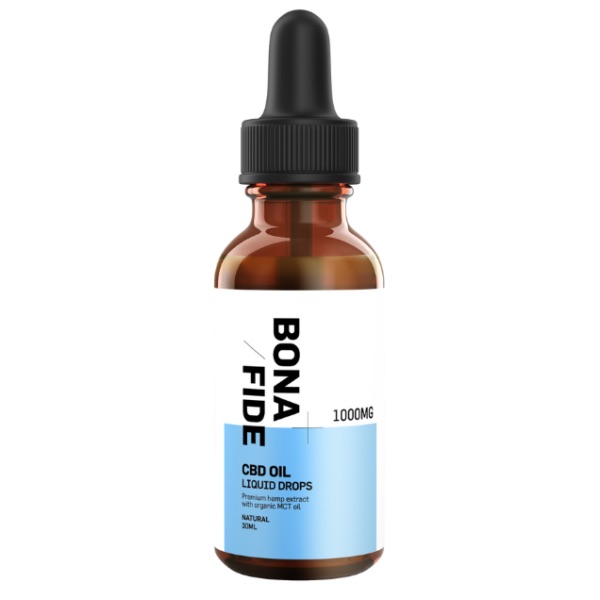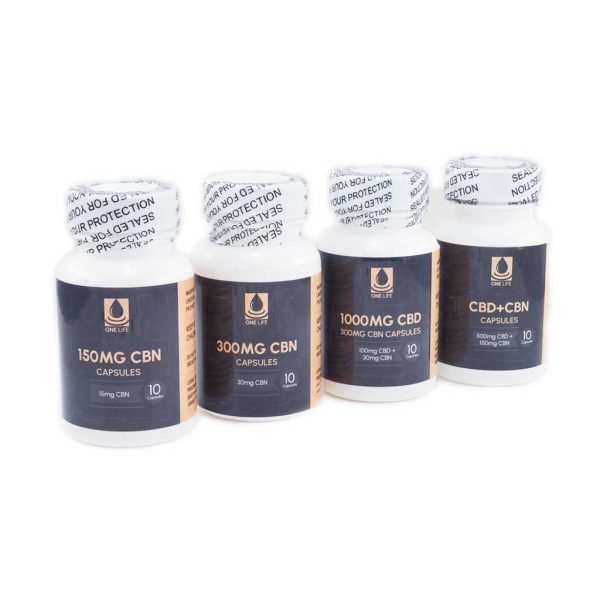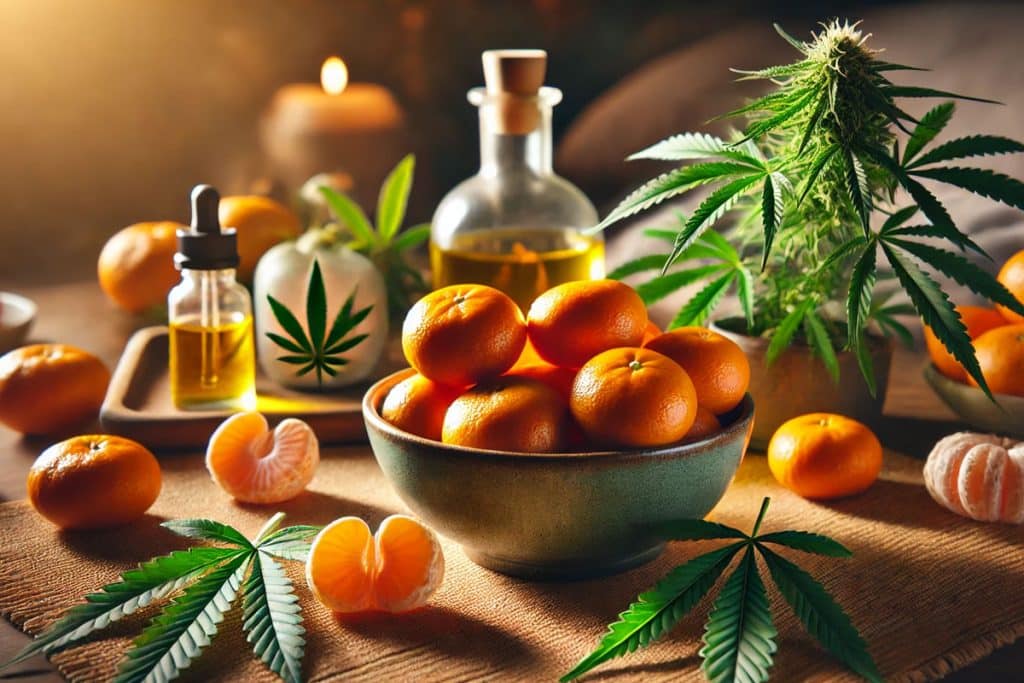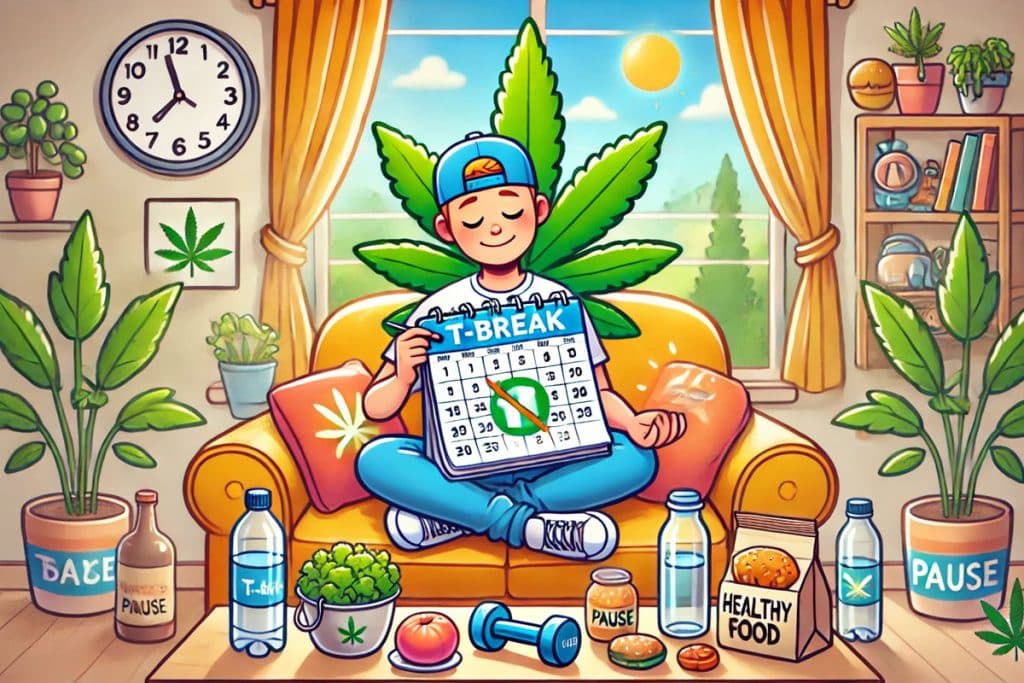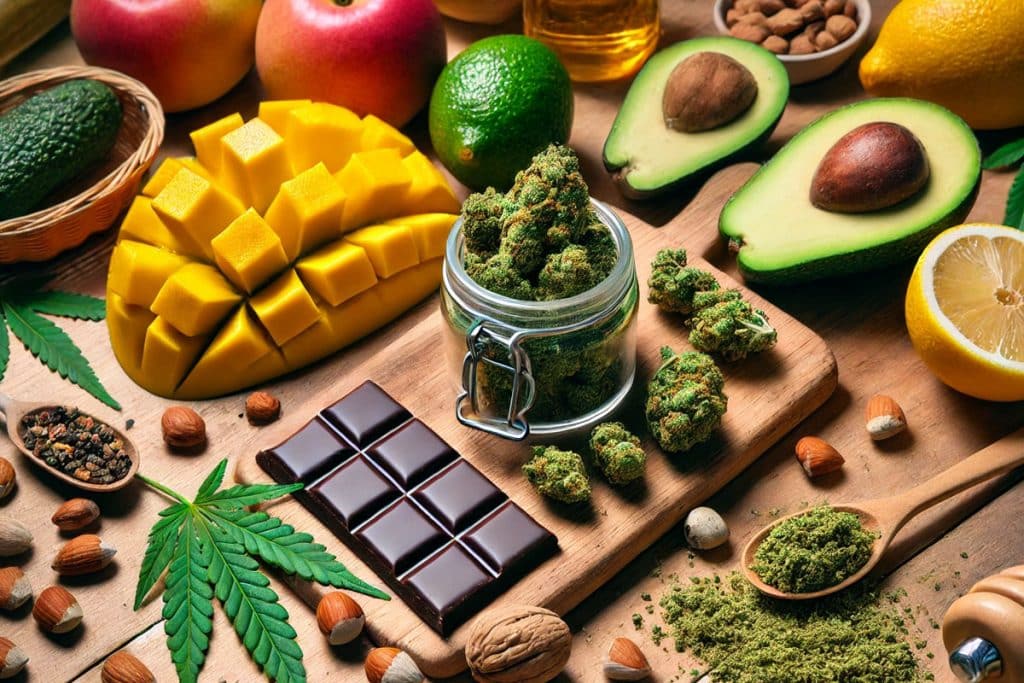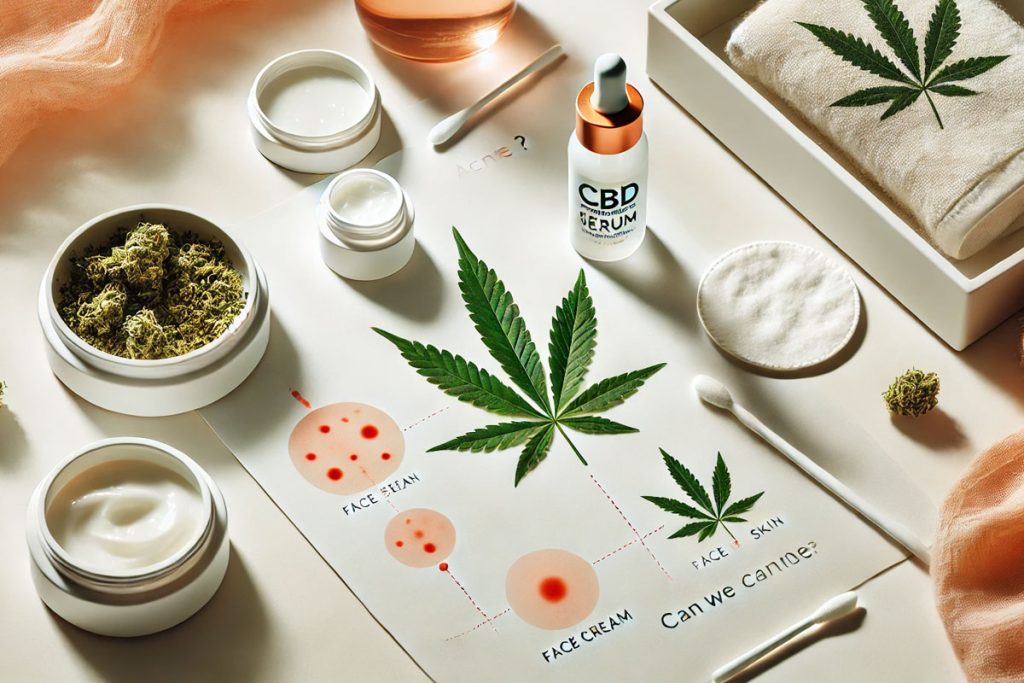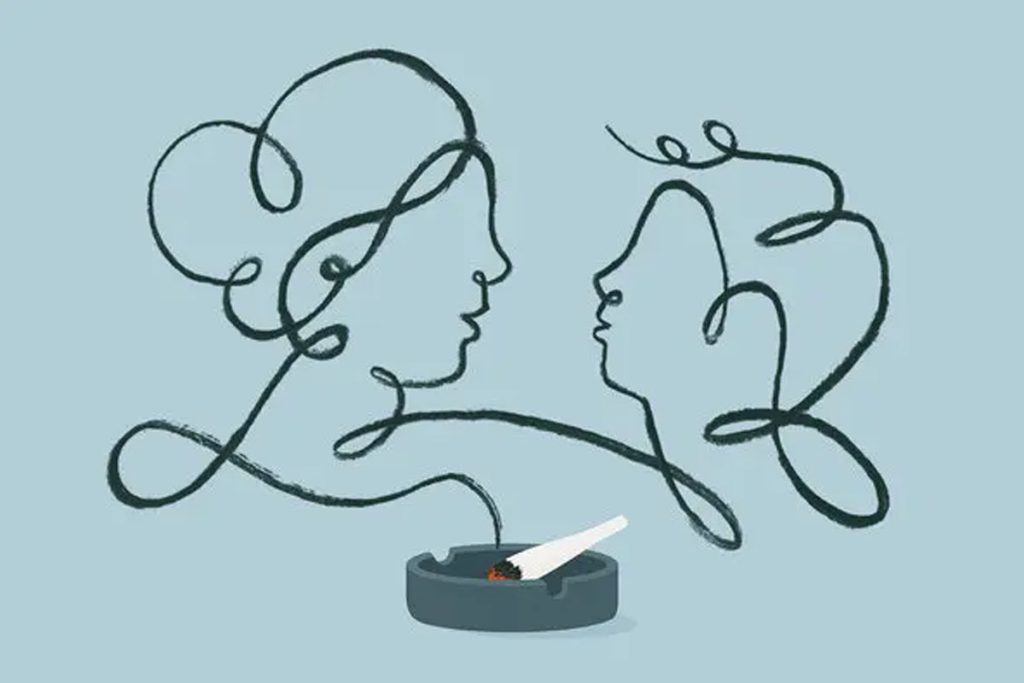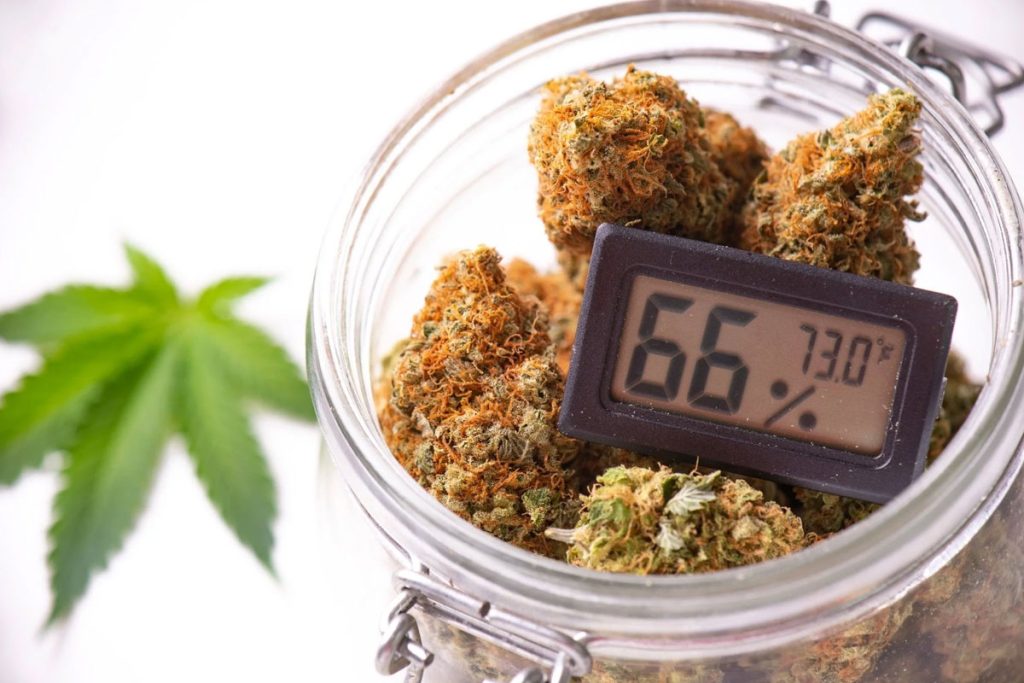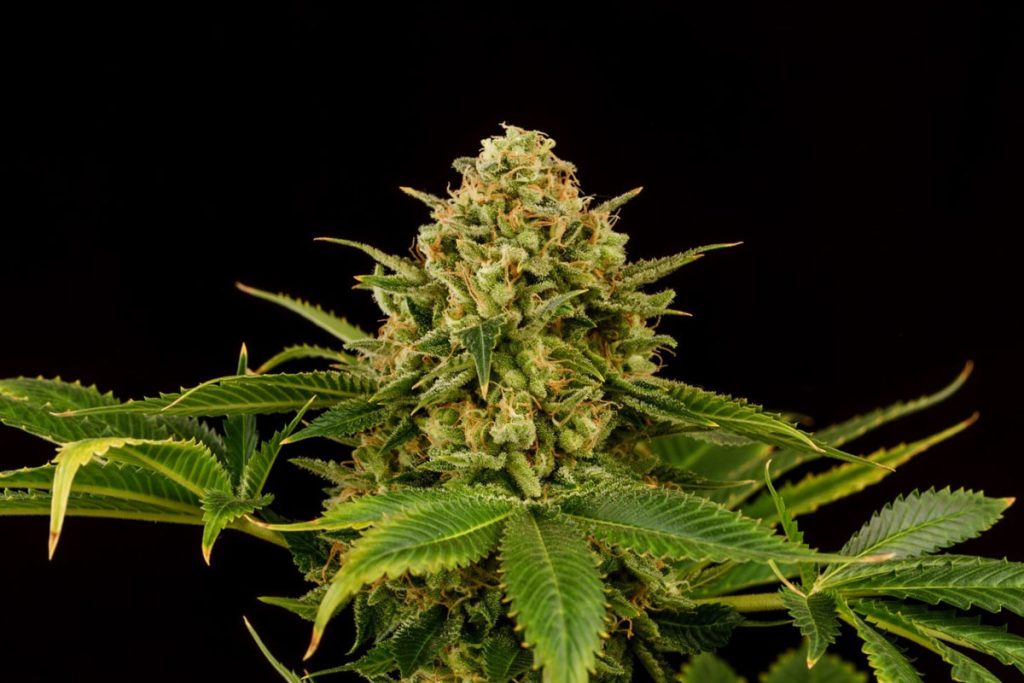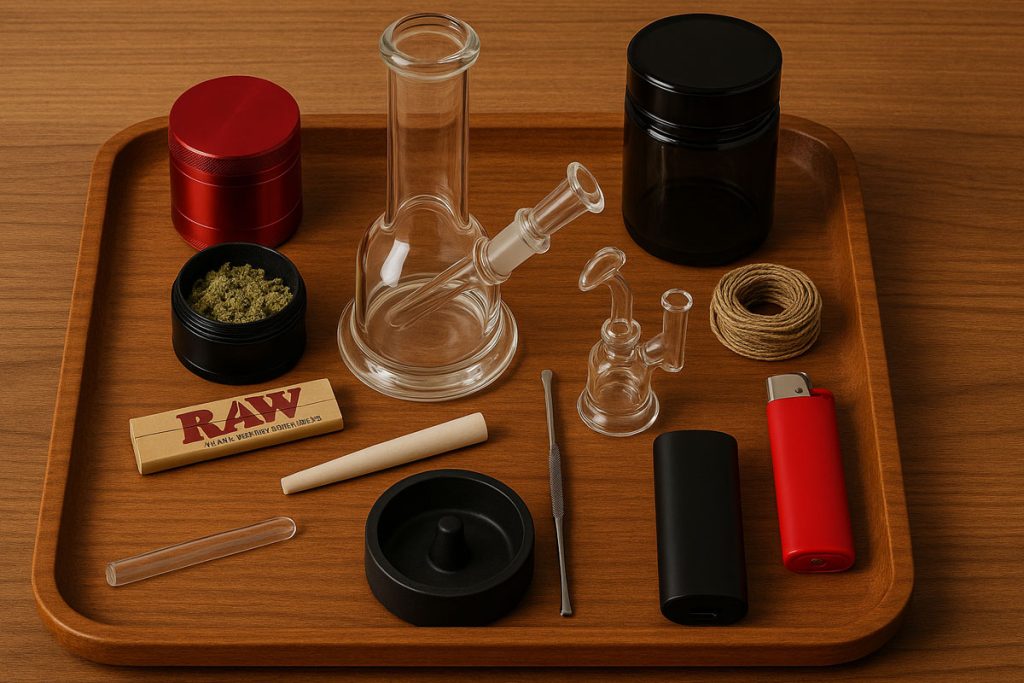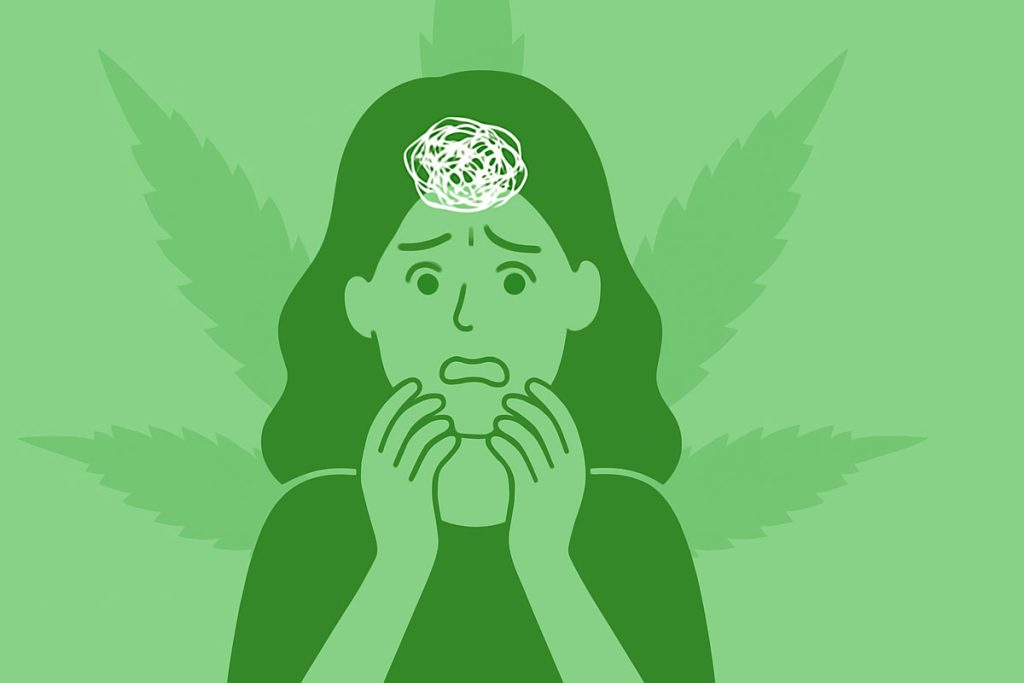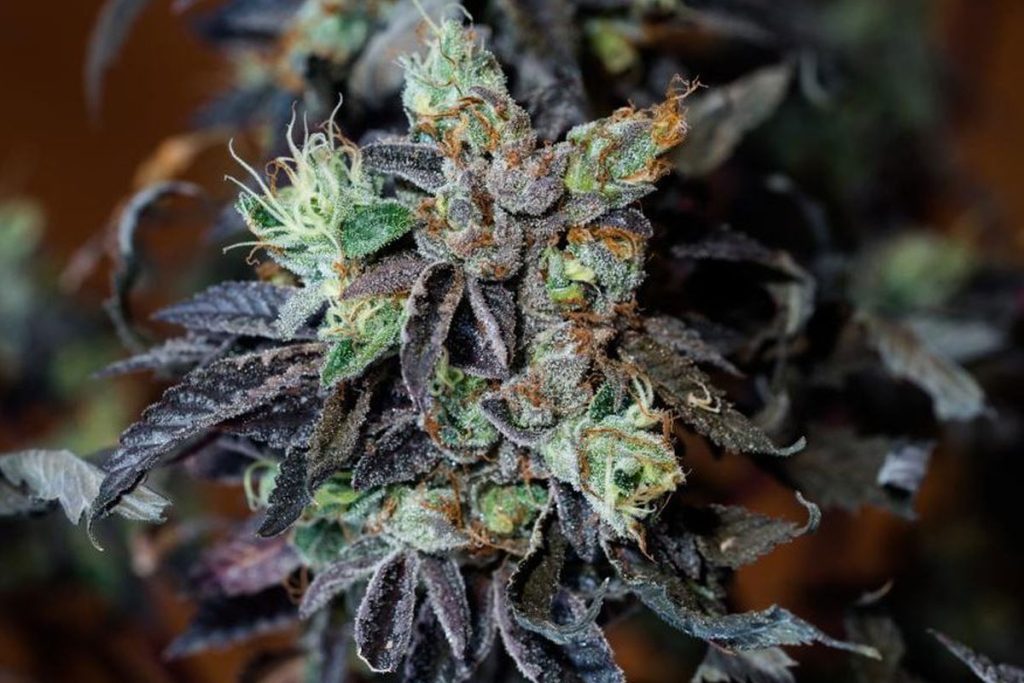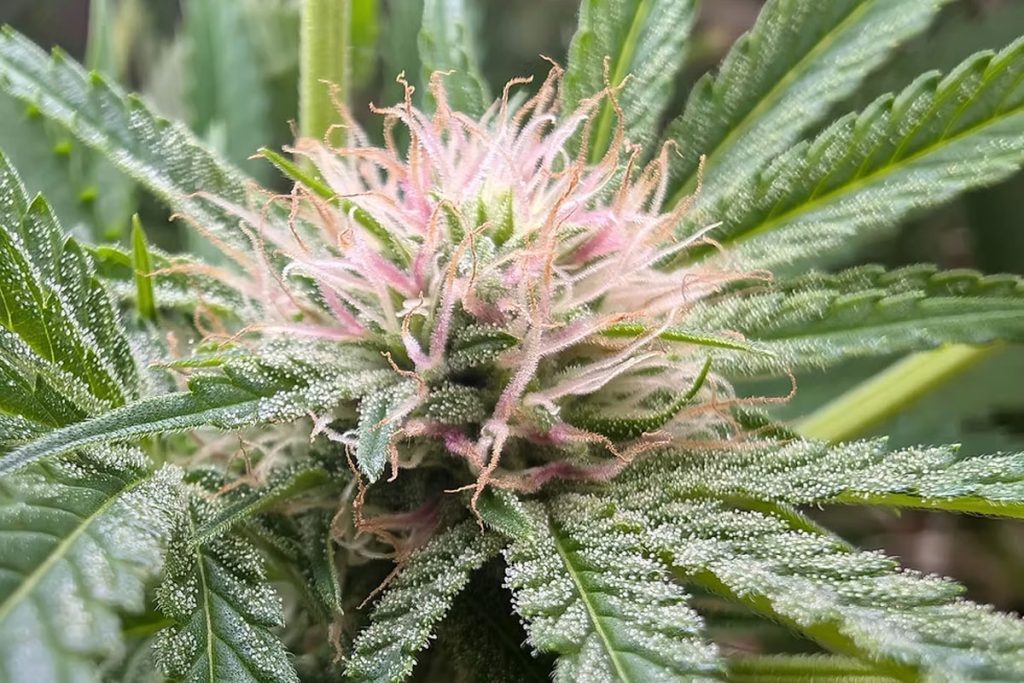Mastering Cannabis Microdosing: A Powerful New Era of Medical Cannabis
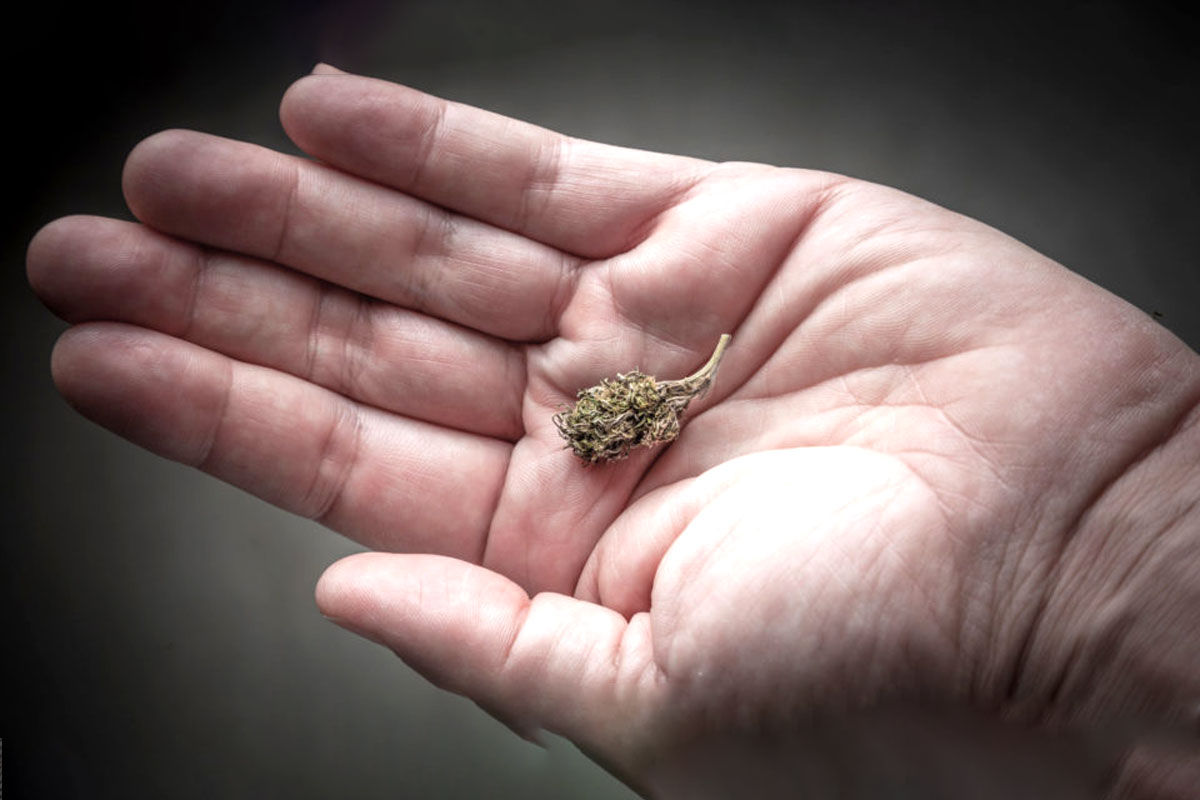
In the world of medical cannabis, bigger is no longer better. While many people have historically associated cannabis with getting high, a growing number of patients and wellness seekers are now discovering the transformative power of microdosing—taking small, controlled amounts of cannabis to achieve therapeutic benefits without the high.
Welcome to the new era of medical cannabis: one where precision, balance, and control take center stage. In this guide, we’ll explore everything you need to know about microdosing medical cannabis, from how it works to its benefits, best practices, and how to find your personal sweet spot.
What Is Cannabis Microdosing?
Microdosing refers to the practice of consuming very small doses of a substance to achieve subtle, therapeutic effects without producing significant intoxication or impairment.
In cannabis microdosing, it typically involves taking sub-psychoactive levels of THC, often alongside CBD, to target symptoms like:
- Chronic pain
- Anxiety
- Inflammation
- Depression
- PTSD
- Fatigue
- Mood swings
Unlike recreational users seeking intense euphoria, microdosers aim for functionality, stability, and sustained wellness.
Why Cannabis Microdosing Is Gaining Popularity
More cannabis users—both new and experienced—are embracing microdosing as a smarter, more sustainable way to manage health. Here’s why:
1. Minimal Side Effects
Cannabis Microdosing avoids the common side effects of higher doses such as paranoia, drowsiness, dry mouth, and impaired thinking.
2. Improved Functionality
Cannabis Microdosing allows patients to stay productive, focused, and clear-headed throughout the day.
3. Lower Tolerance Buildup
Smaller doses mean less strain on your endocannabinoid system, helping prevent tolerance and maintaining effectiveness over time.
4. Cost-Effective Relief
Using less cannabis can significantly reduce your monthly expenses, especially if you’re treating a chronic condition.
5. Personalized Medicine
Cannabis Microdosing encourages self-awareness and customization, allowing you to find the smallest amount of cannabis needed to achieve results—your Minimum Effective Dose (MED).
How Does Cannabis Microdosing Work?

The human body has a built-in network known as the Endocannabinoid System (ECS). It plays a crucial role in regulating pain, inflammation, mood, immune function, sleep, and more. Cannabinoids like THC and CBD interact with ECS receptors (primarily CB1 and CB2) to help restore balance or “homeostasis.”
With microdosing cannabis, you’re stimulating the ECS gently, allowing the body to respond naturally without overstimulation or overwhelm. This is especially important with THC, which in higher doses can cause unwanted psychoactive effects.
Cannabis Microdosing vs. Traditional Dosing
| Aspect | Microdosing | Traditional Dosing |
|---|---|---|
| Dose | 1–5 mg THC or CBD | 10–30+ mg THC |
| Goal | Therapeutic benefit without high | Intense symptom relief or euphoria |
| Onset | Subtle, gradual | Stronger and faster |
| Tolerance Buildup | Low | High risk |
| Ideal For | Daytime use, sensitive users, new patients | Experienced users, acute symptoms |
Conditions That Respond Well to Microdosing
Cannabis Microdosing may be helpful for a wide range of medical conditions, especially when managing symptoms consistently throughout the day. These include:
- Anxiety disorders
- Chronic pain and fibromyalgia
- Depression and mood disorders
- Arthritis and inflammation
- Migraines and tension headaches
- PTSD
- Multiple Sclerosis (MS)
- Premenstrual Syndrome (PMS)
- Irritable Bowel Syndrome (IBS)
Many patients report more stable symptom control and fewer flare-ups when using microdoses compared to larger, occasional doses.
How to Microdose Cannabis Medically
1. Start Low and Go Slow
The golden rule of microdosing is: start low, go slow.
Begin with the smallest possible dose, usually:
- THC: 1–2.5 mg
- CBD: 5–10 mg (or more, since CBD is non-intoxicating)
Wait several hours before increasing your dose. For some, even 1 mg of THC can produce noticeable therapeutic effects.
2. Track Your Dose and Effects
Use a journal or cannabis dosing app to record:
- The amount of THC and CBD used
- Time of day
- Method of consumption
- Your symptoms and feelings before/after
- Any side effects
Tracking helps you identify your Minimum Effective Dose—the smallest amount needed to get consistent relief.
3. Be Consistent
Microdosing works best when cannabis is taken at regular intervals, much like other medications. For example:
- Morning: 1 mg THC + 10 mg CBD for mood & focus
- Midday: 1–2 mg THC for pain
- Evening: 2.5 mg THC for sleep
Consistency leads to balanced ECS activity, better symptom control, and a healthier relationship with cannabis.
Best Consumption Methods for Microdosing
Not all methods are equally effective for microdosing. Choose options that allow for precise, low-dose control.
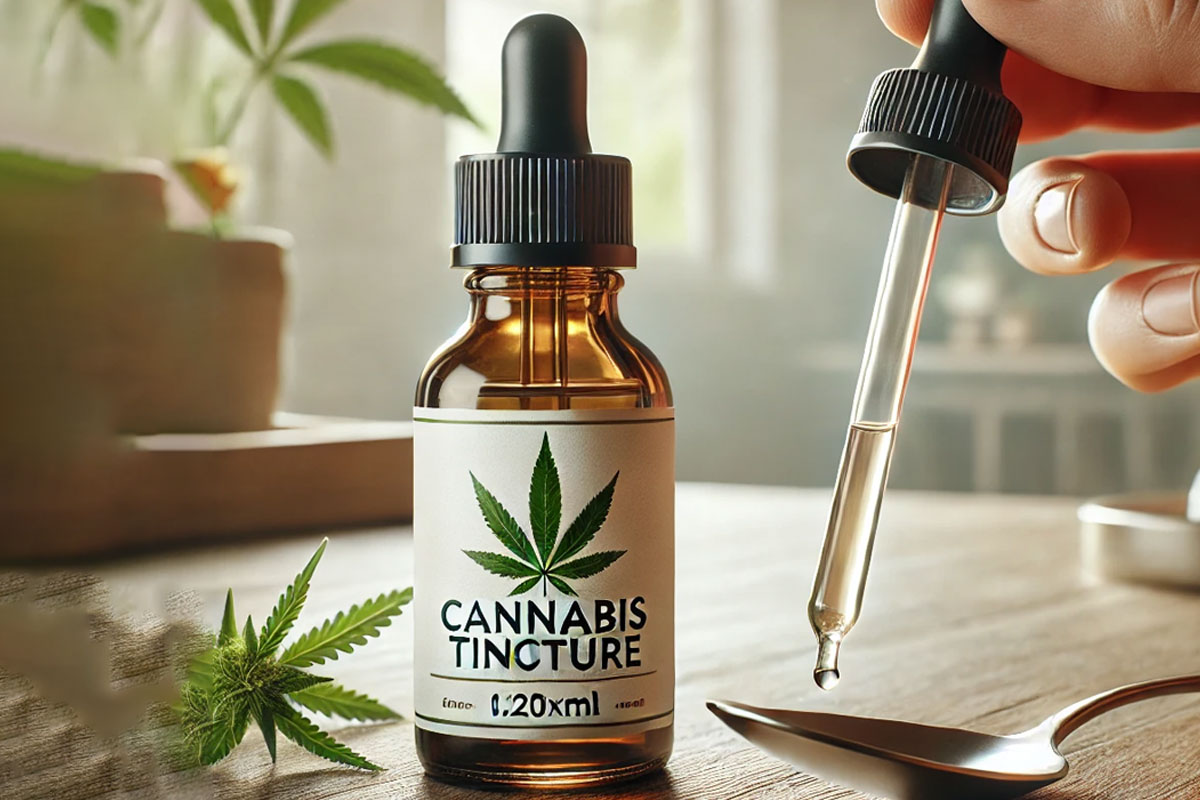
✅ Recommended:
- Tinctures or oils: Easy to measure by the drop
- Capsules or softgels: Pre-measured and discreet
- Edibles (low-dose): Gummies or mints with 1–2.5 mg THC
- Vape pens with dose counters: For fast relief and accurate control
🚫 Not Ideal:
- Smoking joints or bongs: Hard to control dose
- High-dose edibles: Difficult to split and slow to kick in
THC, CBD, or Both?
THC (Tetrahydrocannabinol):
- Psychoactive
- Strong pain and nausea relief
- Effective in low doses for mood, sleep, and appetite
- Higher doses can cause anxiety or drowsiness
CBD (Cannabidiol):
- Non-psychoactive
- Reduces inflammation and anxiety
- Counteracts THC’s side effects
- Safe in higher doses, but still useful at low doses
Most effective microdosing regimens include a ratio of THC to CBD, such as:
- 1:1 THC:CBD (balanced)
- 1:2 or 1:4 THC:CBD (for sensitive users)
- High CBD, low THC (for daytime focus or anxiety)
Real Patient Experiences with Microdosing
Sarah, 45, Fibromyalgia Patient:
“Before microdosing, I was using strong edibles and couldn’t function during the day. Now I take 1 mg of THC and 10 mg of CBD in the morning and feel focused, clear, and pain-free.”
Jason, 29, PTSD Survivor:
“Microdosing helped me stop using pharmaceuticals. Small doses keep my anxiety in check and help me sleep better without making me feel stoned.”
Avoiding Common Cannabis Microdosing Mistakes
- Using High-THC Products: Hard to control dose and more likely to cause a high.
- Skipping Days: Microdosing is most effective when done regularly.
- Ignoring CBD: CBD can enhance benefits and reduce unwanted effects.
- Not Tracking Your Progress: Guessing delays results—data helps fine-tune your regimen.
Is Microdosing Right for You?
Cannabis Microdosing is ideal for:
- New cannabis users
- Those prone to THC sensitivity or anxiety
- Professionals and parents who need to stay alert
- Patients looking for a gentler, long-term approach
It may not be suitable for:
- Those needing strong pain relief quickly
- People with very high THC tolerance
- Users seeking strong psychoactive effects
Final Thoughts: Cananbis Microdosing – A Smarter Way to Medicate
In today’s fast-evolving medical cannabis landscape, microdosing stands out as a responsible, effective, and sustainable approach. By embracing small, consistent doses, you can experience better symptom relief, fewer side effects, and improved quality of life.
Whether you’re managing chronic pain, mental health, or inflammation, remember: the goal isn’t to feel high—it’s to feel better. And often, a little is all it takes.
So take control of your cannabis wellness—one microdose at a time.

